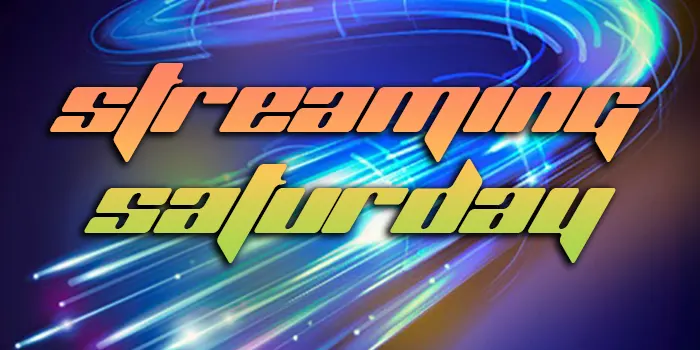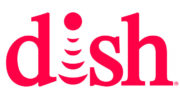In recent weeks, I’ve read a lot of articles that start with “(Streaming app) adds 50 new channels of live content.” The big story for streaming the last 12 months has been the rise of so-called “FAST streaming apps” like Tubi, Pluto, Sling, the Roku Channel and that sort of thing. People really like the idea that there’s a source for free TV out there, and they’re willing to accept a few commercials in order to keep it free.
With costs going up all along the streaming world, it’s nice to see apps that try to give you more content without asking for more money. It’s the exact opposite of what the major streaming apps are doing right now. But, we’re getting to the point where a lot of the content being added isn’t very consistent in quality.
The difference between fringe content and low-quality content
When you talk about the massive amount of stuff available on free streaming services, you have to make a distinction. Just because you don’t like something doesn’t necessarily mean it’s low quality. One of the great things about streaming is that there’s an opportunity for content that’s out of the mainstream. It’s great that there’s a whole channel dedicated to people who want to search for tiny houses. That may not be the thing for you, but it’s still a thing people want to watch. On the other hand there are a few channels that really just show TikToks. You could argue that it’s bringing that content to people who wouldn’t use that app. But, the way I see it there’s not a lot of real value brought there.
In general, it’s probably not fair to judge individual channels on these apps as to whether they’re good or bad. The real issue is the “kitchen sink” approach.
It’s predictable at this point
These streaming services are growing and evolving quickly. They’re following a predictable pattern which we’ve seen with cable TV, satellite, computers, and most other technology. As one service innovates, the others copy. Then another service innovates and everyone copies them. This means that the difference between each of them gets smaller and smaller. Eventually the difference can be so small that people don’t know which one is better.
We’re reaching the point where there’s practically nothing available on Tubi that isn’t also on the Roku channel, for example. This means that it’s going to be hard for each of those apps to develop loyal users. Yes, you can change that with original programming, but that’s expensive. When these services become so similar that they don’t all need to exist, one of them or more will probably fail.
Ever heard of choice paralysis?
There’s a concept called choice paralysis, or paralysis by analysis. It’s the theory that the more choices you have, the less likely you are going to happy with any of them. It’s the reason that you scroll through Netflix for half an hour without being able to pick anything. Put another way: back when there were 3 channels, there was always something on. Now that there are thousands of media sources, you can never find something to watch.
I know that sounds ridiculous but I think it’s happened to all of us.
As these apps add dozens and dozens of new channels, it’s going to have the effect of making people less happy with them. Folks will start doing the endless scroll on Pluto the same way they do it on Netflix. And when that happens, they’ll be less happy with the channel.
Seems to me this makes all of streaming less enjoyable, and that’s the last thing we all need right now.




